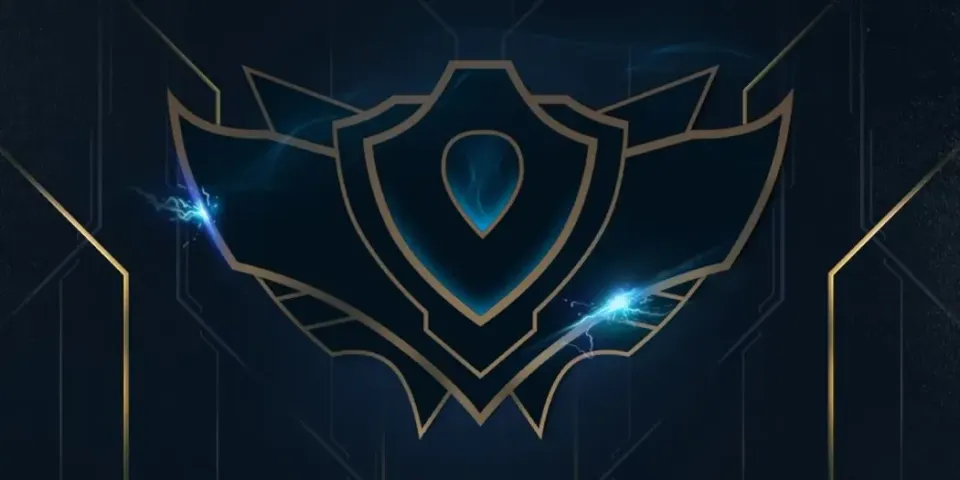
Ranking up in League of Legends is one of the most exciting and challenging experiences for players who want to test their skills. The ranking system involves various tiers, divisions, and queue formats that determine a player’s position within the competitive ladder. This article will dive into the league ranks system, explaining each tier, how to rank up, and the duo queue restrictions in place to maintain balance.
League of Legends Ranking System Overview
The ranking system is structured to match players of similar skill levels, providing balanced and competitive games. After completing placement matches, players are assigned a rank that places them in one of the tiers. Over time, players can move up (or down) by gaining or losing League Points (LP) based on their performance. The league of legends ranking system is designed to ensure fair matchmaking and provide players with a sense of progression as they improve their skills.
Recently, Emerald was added as a new rank to bridge the skill gap between Platinum and Diamond tiers. Here's an updated breakdown of the league ranks system:
Tier
Divisions
Iron
IV, III, II, I
Bronze
IV, III, II, I
Silver
IV, III, II, I
Gold
IV, III, II, I
Platinum
IV, III, II, I
Emerald
IV, III, II, I
Diamond
IV, III, II, I
Master
No Divisions (ELO)
Grandmaster
No Divisions (ELO)
Challenger
No Divisions (ELO)

The introduction of the Emerald tier is aimed at giving more players a clearer progression path between the heavily populated Platinum and Diamond ranks. Each rank (from Iron to Diamond) contains four divisions, and players progress through these divisions by earning LP through victories in ranked matches. Understanding the lol ranked tiers can help players plan their progression and manage their expectations on the climb.
Ranked Queues and Formats
There are two main types of ranked queues in League of Legends: Solo/Duo Queue and Flex Queue.
- Solo/Duo Queue: In this queue, players can either play solo or team up with one friend (duo) to compete. However, there are restrictions on who can duo together based on their tiers.
- Flex Queue: In Flex Queue, players can queue alone or in groups of 2, 3, or 5, providing more flexibility in team composition. Flex Queue also has its own ranking system separate from Solo/Duo Queue, and restrictions are less strict.
Each queue format offers different experiences, and players may choose between the two based on their preference for solo competition or team-oriented play.

Lol Ranked Tiers: Restrictions and Duo Limits
To keep matches balanced and fair, lol duo restrictions limit who can play together in Solo/Duo Queue. These restrictions depend on the difference between players' ranks, ensuring that high-ranked players cannot duo with significantly lower-ranked teammates. This helps prevent unbalanced games and protects the integrity of the ranked experience.
Here’s a breakdown of what ranks can play together league in Solo/Duo Queue:With the introduction of Emerald, players in Platinum can now duo with those in Emerald, easing the transition between these ranks. Similarly, Emerald players can team up with those in Diamond, creating a smoother competitive progression. Understanding these duo restrictions is key for players who want to team up with friends while maintaining a balanced game environment.
Rank
Allowed Duo Ranges
Iron
Iron 4 to Silver 1
Bronze
Iron 4 to Silver 1
Silver
Iron 4 to Gold 1
Gold
Silver IV to Platinum I
Platinum
Gold IV to Emerald I
Emerald
Platinum IV to Diamond II
Diamond
Emerald IV to Master
Master
Can only duo with players in their own tier
Higher (Grandmaster/Challenger)
Can't play duo

How to Rank Up in League of Legends
Climbing the tiers requires a combination of skill, strategy, and consistency. Winning games earns players LP, while losses result in LP deductions. Once a player reaches 100 LP within their division, they enter a promotion series. Winning the majority of games in this series will result in promotion to the next division or tier.
Here are some general tips for climbing in League of Legends:
- Focus on Core Mechanics: Improve your last hitting, map awareness, and team coordination to consistently perform better in matches.
- Master a Few Champions: Stick to a small champion pool to become proficient with a few characters, which will help you perform better under pressure.
- Adapt to the Meta: Stay updated on changes in the game’s meta, including buffs and nerfs to champions and items.
- Maintain a Positive Attitude: Mental fortitude is crucial in ranked play. Maintaining a calm and positive attitude can help you and your team focus on winning.

The ranked system in league of legends provides a clear path for progression and improvement for players of all skill levels. With the introduction of the Emerald tier, the gap between Platinum and Diamond has been reduced, making the climb more achievable for players.
By following these tips and understanding the lol ranks, players can enjoy a balanced and competitive ranked experience. Whether you’re starting out or pushing for Challenger, mastering the ins and outs of the ranking system will help you succeed in the game.
Comments
Upcoming Top Matches
Latest top articles







No comments yet! Be the first one to react